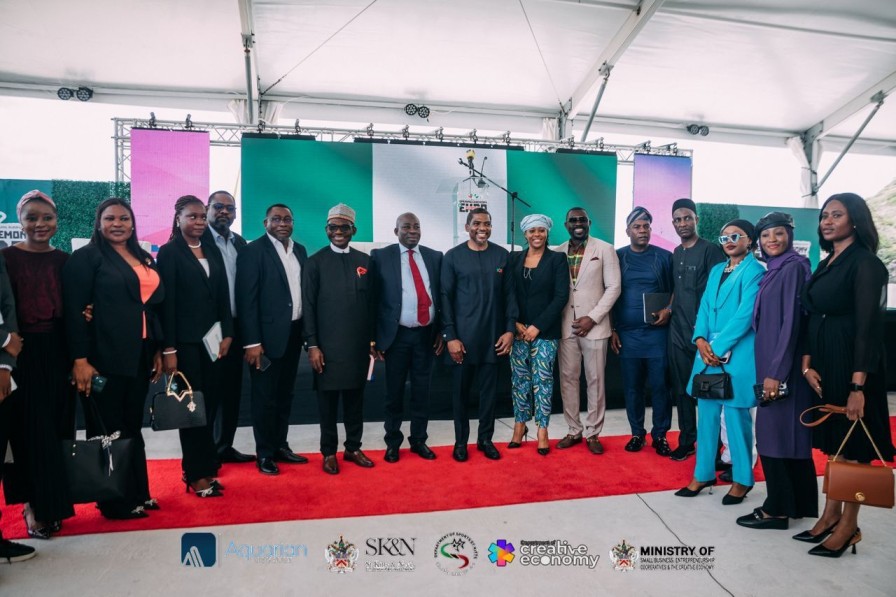PROTECT YOUR DNA WITH QUANTUM TECHNOLOGY
Orgo-Life the new way to the future Advertising by AdpathwayBrazil’s Oi S.A., once a leading telecom company, faces a huge financial crisis. The company’s official filings show it built up $19 billion in debt, the biggest bankruptcy in Brazil’s history.
Oi tried to fix its finances by selling key assets—its mobile business for $3.23 billion and its fiber network for almost $1 billion. Even after these sales, Oi still owes about $4.2 billion.
Oi first used a U.S. legal tool called Chapter 15. This law protects a foreign company’s U.S. assets while it restructures at home. Chapter 15 does not let companies change their debts in the U.S.—it just keeps U.S. creditors from seizing assets while the main bankruptcy unfolds in Brazil.
Now, Oi plans to end Chapter 15 and may file for Chapter 11 in the United States. Chapter 11 is different. It lets companies reorganize debts and business operations directly under U.S. court supervision.
Creditors get to vote on the company’s plan to pay them back. If the plan is approved, it becomes legally binding. The company can keep running during the process.
 Oi’s Debt Battle: Brazil’s Telecom Giant Turns to U.S. Courts for Survival. (Photo Internet reproduction)
Oi’s Debt Battle: Brazil’s Telecom Giant Turns to U.S. Courts for Survival. (Photo Internet reproduction)Oi’s move from Chapter 15 to Chapter 11 signals that its financial problems are not solved. It needs stronger legal tools to protect itself and work out deals with creditors in the U.S.
This shift matters for anyone doing business across borders. It shows how companies with global operations must use both local and international laws to survive when debts pile up.
Oi’s struggle is a warning for other big companies. It shows that selling assets may not be enough to fix deep financial problems. It also highlights the importance of understanding how U.S. and foreign bankruptcy laws interact.
For Oi, the next steps in U.S. courts will decide if it can recover—or if it will lose even more ground in the global market.


 3 days ago
6
3 days ago
6










 English (US) ·
English (US) ·  French (CA) ·
French (CA) ·  French (FR) ·
French (FR) ·